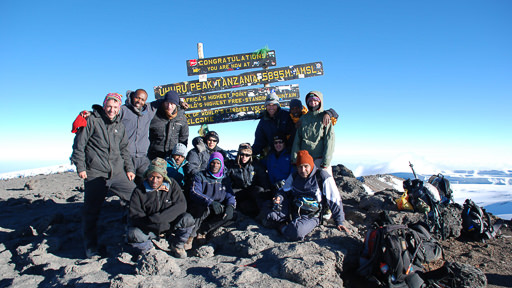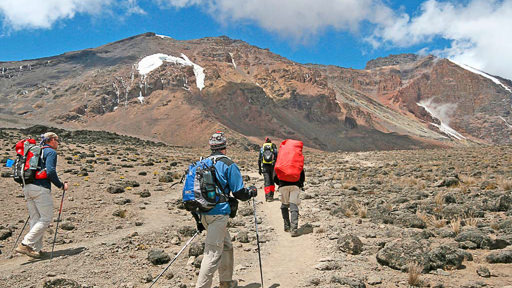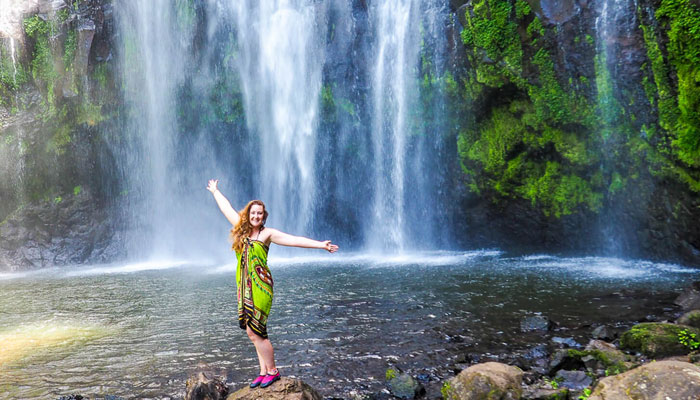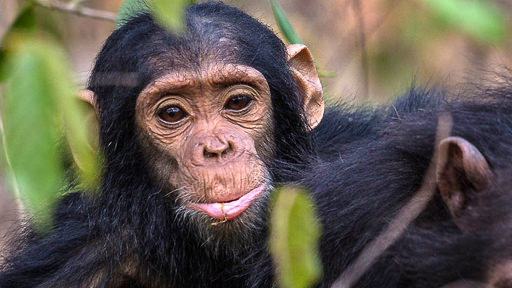Mount Kilimanjaro
Dominating the landscape like no other mountain, iconic and instantly recognisable, Mount Kilimanjaro is the highest peak in Africa and the world's tallest freestanding mountain at 5895 metres. To climb Kilimanjaro is a great challenge but entirely feasible for the active traveller or keen walker looking for something new. In a matter of days you’ll climb Kilimanjaro from the hot plains of Africa through grasslands, tropical rain forest, alpine meadows, moorlands and desert uplands onto snow and ice. Kilimanjaro translates to “mountain of the springs” and its unique position just below the equator offers an opportunity to experience five different habitats from bottom to top, which makes an ascent of the mountain undeniably special. In a matter of 5 to 7 days you’ll climb Kilimanjaro from the equator to what feels like the Arctic.





